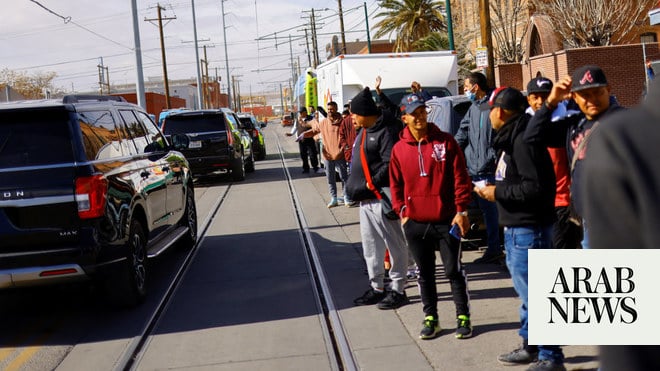
The rules of New York City’s public swimming pools are stringent: no flotation aids, no coloured T-shirts, no food, no diving – and, most remarkably in this city of punitive cost, no charge. For the space of the summer, the 50-odd outdoor pools across the city’s five boroughs provide relief and recreation for thousands of New Yorkers – and something more nebulous, too. The locker rooms might be shabby, but every few years, when a local news outlet tests the water in a cross section of pools, the results are deeply satisfying and often the same. While the water in the city’s most expensive hotel pools is discovered to be teeming with germs, the public pools are almost always sparklingly clean.
This reminder of how good public services in the city can be feels particularly pertinent this summer, the second in a row of altered plans. If last year was the summer of reduced expectations – no one expected to go anywhere and made alternative local arrangements – this year is much choppier, with Covid rules changing seemingly every five minutes and travel plans being repeatedly cancelled. As a result, and by default, many of us have ended up doing something we might not have done for years, which is spending August in the city. New York, famously hostile to life in the summer, is suddenly a great place to be.
Some of this has to do with our own changed expectations. In previous years, one of the perceived advantages of August in the city was its relative emptiness. It doesn’t appear empty, now, which after 18 months of speculation about whether the city is “over” or not, feels like cause for celebration. Where tourists got underfoot and made every experience in the city infinitely worse, this year queueing up outside the Museum of Natural History with a crowd of out-of-towners in roughly pre-Covid numbers brings on only gratitude and nostalgia. Last year the kids and I went up the Empire State Building and were the only ones there, a thrilling – and chilling – experience. This year, at the museum, everyone’s in masks and a stressed steward is shouting, but it is still a glimpse of the back-to-normality that most of us crave.
Other small reopenings elevate to the status of novelty latterly unremarkable things. The library reopens for browsing, and it’s frankly amazing to be able to roam the shelves and let the kids run down the aisles, pulling out books on a whim. Downtown, the High Line raised park reopens – a relatively sedate outing for two six-year-olds, but it’s a novel experience in a year of grinding repetition, and from the kids’ reactions you’d think we were visiting Disneyland. The same goes for a walk round Little Island, the new “floating park” propped up on stilts in the Hudson. Meanwhile, the water taxi to Brooklyn blows everyone’s minds.
Behind all these experiences is a reminder of something you can go years in New York without giving much thought to, which is the value of public space. Before Covid, I’d given little consideration to this aspect of the city since my children were babies, when I longed for somewhere to sit that didn’t rest on a commercial transaction. In those days, I would push the double stroller to Lincoln Center and sit staring at the reflection pool, with its Henry Moore statue parked squarely in the middle, and have intense, nerdy thoughts about architecture. I remembered something the architect Renzo Piano had said to me years earlier, in an amazing tirade about the difference between a piazza and a plaza. (“A piazza is not a plaza,” he said, furiously. “The plaza is the theme park of the piazza; the plaza is the commercial version. A piazza is an empty space with no function. This is what Europeans understand.”)
The urban planners of New York understood this, too – that, as Piano said, “you don’t have to struggle to give function to every single corner. You can just wait and see and enjoy”. Last Tuesday, we met a couple who had recently moved to New York from Los Angeles for a playdate in the park. It was weird adjusting to not using a car, they said, and figuring out the subway was taking a moment. The thing that most amazed them, however, was the density of experience that came simply from moving through public space in the city. “You don’t have to do anything to do something,” they said, and I felt a shock of recognition at something I’d taken for granted to the point of disparagement.
This weekend we did what we’ve been doing every weekend this summer: went to the pool, biked to the park and wandered the city, waiting, seeing, enjoying.
Emma Brockes is a Guardian columnist












